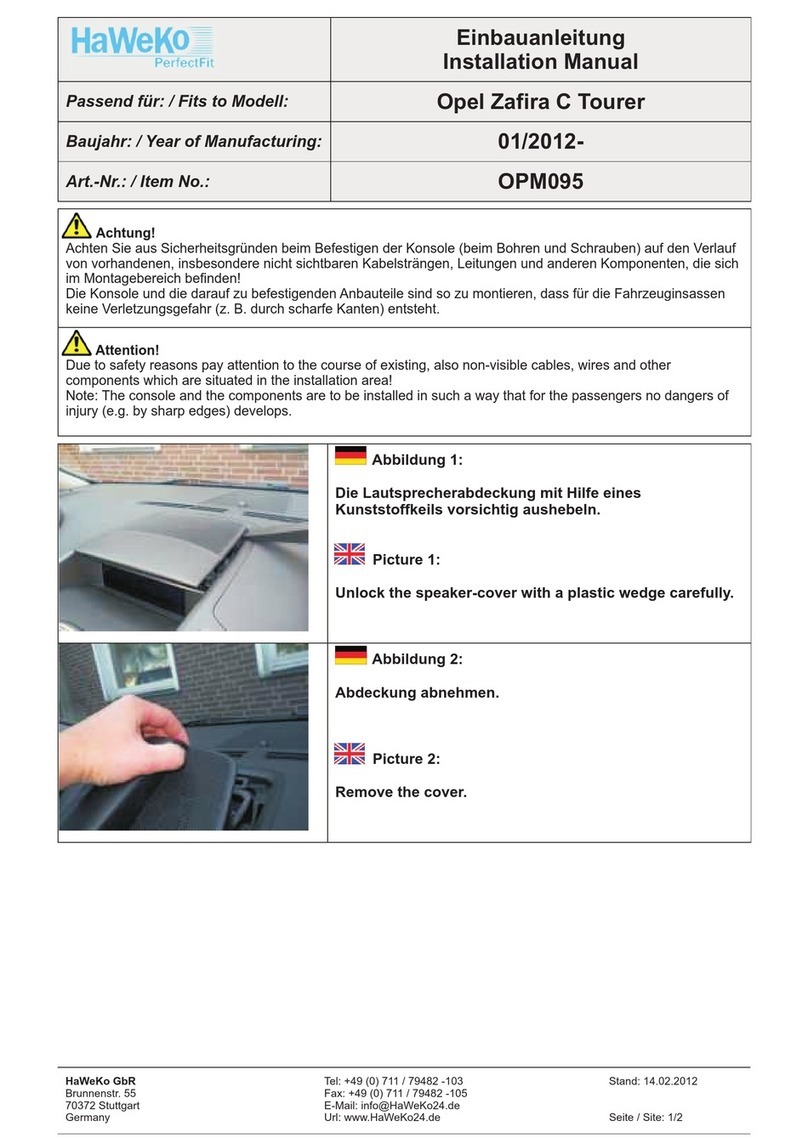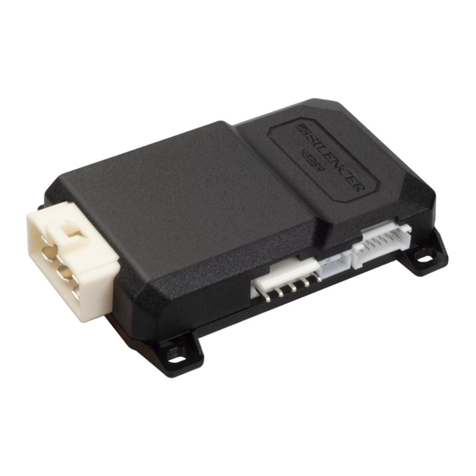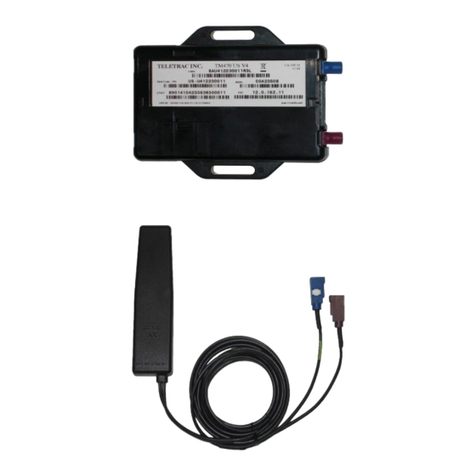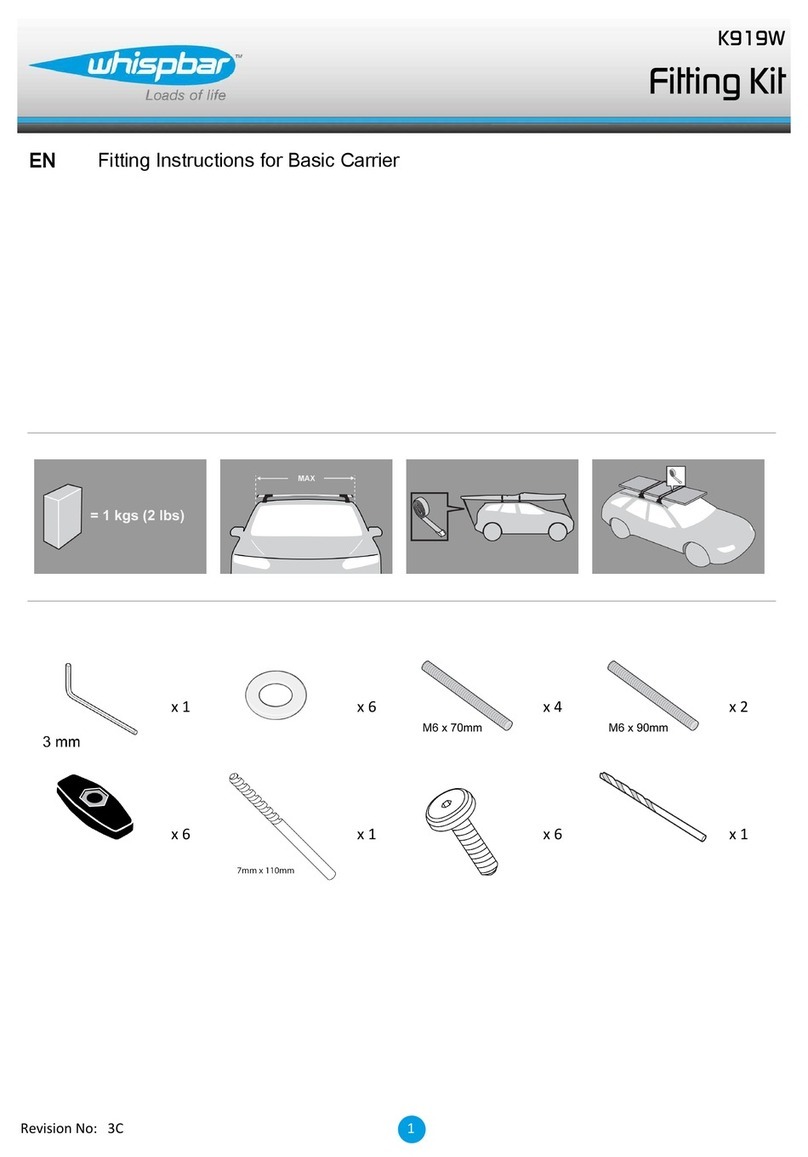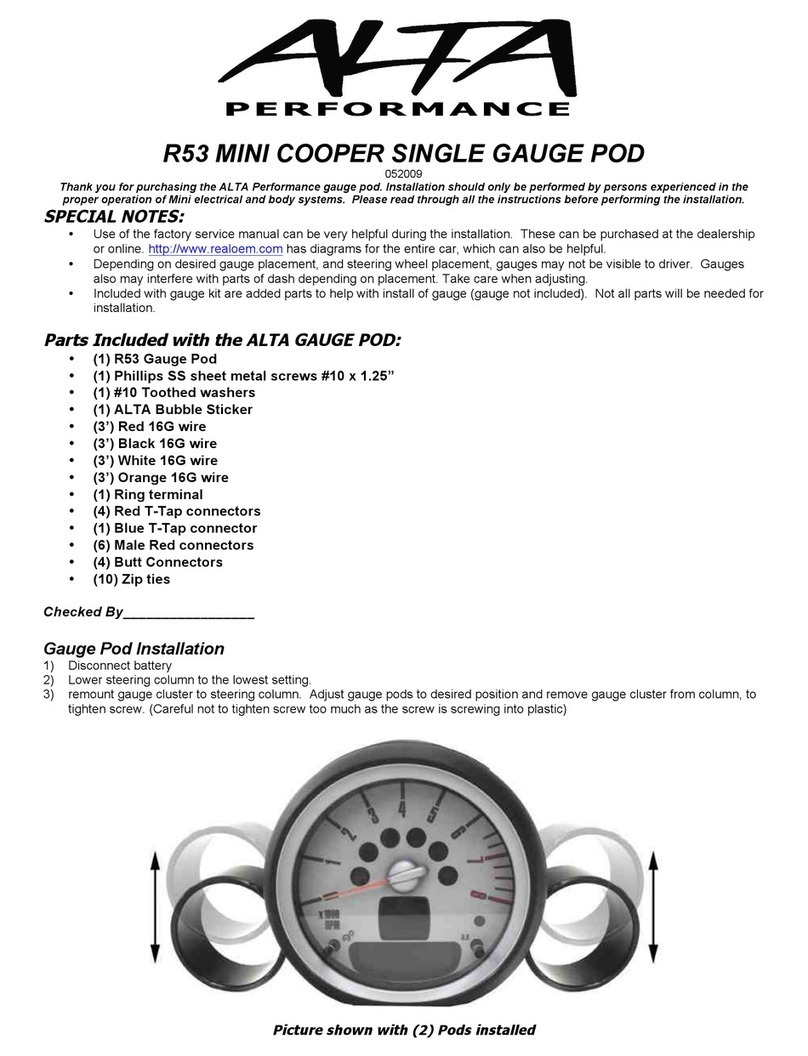Chapman Machinery MGF350 User manual

Page 2
Contents
HSE Information...............................................................................................................................................3
Important Safety Information..........................................................................................................................4
DEFINITIONS.................................................................................................................................................4
Safety Information.......................................................................................................................................4
Transportation Safety ..................................................................................................................................4
Operating Safety ..........................................................................................................................................4
Description.......................................................................................................................................................4
Identification................................................................................................................................................5
Implement Decals ........................................................................................................................................5
Attachment ......................................................................................................................................................6
Before Attaching the Machine.....................................................................................................................6
Attaching the Machine.................................................................................................................................7
Initial Calibration..............................................................................................................................................9
Control Box ....................................................................................................................................................10
Operating Limits & Recommendations..........................................................................................................11
Forward Speed...........................................................................................................................................11
Storage.......................................................................................................................................................11
Troubleshooting.............................................................................................................................................12
Warranty........................................................................................................................................................13
The Chapman Warranty.............................................................................................................................13
Warranty Conditions..................................................................................................................................13
Transfer of Warranty .................................................................................................................................13
THIS MANUAL MUST BE HANDED TO THE OPERATOR BEFORE USE. THE OPERATOR MUST UNDERSTAND FULLY
THE CONTENT OF THIS HANDBOOK BEFORE USING THE MACHINE FOR THE FIRST TIME. OF THE IMPLEMENT IS
RESOLD, THIS MANUAL MUST ACCOMPANY THE MACHINE.
NOTE:
The information contained in this manual is correct at the time of going to press. However, in the course of
development, changes in specification are inevitable. Should you find the information given differs from your
machine, please contact Chapman Machinery Ltd direct for advice. Use only Chapman Genuine Service Parts on
Chapman Machinery and Machines

Page 3
HSE Information
Safe use of all-terrain vehicles (ATVs) in agriculture and forestry –AIS Sheet 33
Introduction
This information sheet gives advice on the safe use of ATVs. It covers
the two main types used in off-road working in agriculture and
forestry, which are:
•sit-astride ATV / sit-in machines
•side-by-side mini-utility vehicles,
The Full HSE information sheet can be found here or using the QR
Code at the bottom of the article:
https://www.hse.gov.uk/pubns/ais33.pdf and must be read prior to
any ATV/UTV use. Below are related extracts to trailed machinery.
REMEMBER - GET PROPERLY TRAINED AND ALWAYS WEAR
HEAD PROTECTION
Training
Under the Provision and Use of Work Equipment Regulations 1998
(PUWER), there is a legal requirement for employers to provide
adequate training, and to ensure that only employees who have
received appropriate training in their safe use, including the use of
any towed equipment or attachments, are permitted to ride ATVs.
The same requirements apply to the self- employed. HSE regards
training provided by recognised training providers as being
adequate for the purposes of PUWER.
Protective clothing
More than half of all ATV riders have been thrown off at some time.
As these machines are not fitted with either a cab or roll bar, your
only protection is what you wear.
●
Head protection is vital. The majority of ATV fatalities in the
UK in the last ten years have been caused by head injuries.
Nobody who died from head injuries was wearing a helmet.
Helmets would certainly have prevented most, if not all, the
deaths. Youshould always wear a helmet when riding an
ATV. All helmets should have a chinstrap and be capable of
being used with suitable eye protection. The type of helmet
chosen should be based on an assessment of the
circumstances in which the ATV will be used, eg the types of
surface travelled over and anticipated speeds. The harder the
surface and higher the speed the greater the degree of
protection needed. NB: Forestry helmets and industrial hard
hats are not acceptable for any ATVoperations.
●
Wear clothing that is strong and covers your arms and legs.
Gloves are useful for protection and to keep hands warm in
cold weather for good control of the ATV.Wear sturdy, ankle-
covering footwear, eg boots or wellingtons that are strong,
supportive and have good wet grip.
●
Protect your eyes from insects and branches with either a
visor or goggles.
Trailed equipment and loads
Ensure all riders know the manufacturers recommended
towing capacity and drawbar loading limit. Always operate
within these requirements.
Remember that your ability to control the ATV by your body
movements will be considerably reduced when carrying a load or
towing a trailer.
●
When selecting trailed equipment look for:
-
over-run brakes;
-
a swivel hitch drawbar;
-
bead lock rims on wheels;
-
a low centre of gravity and a wide wheel track;
-
a long drawbar; and
-
attachment points for securing a load.
●
Check the weight ratio between your ATV and its trailed load.
This needs to be assessed for each operation. As a general
guide, on level ground, braked trailed equipment can be a
maximum of four times the unladen weight of the ATV. For
unbraked trailed equipment the maximum should be twice
the unladen weight. These loads should be reduced when
working on slopes, uneven ground or poor surface
conditions. Follow the manufacturers advice for your
particular machine.
●
Weight transfer is also important. Stability and resistance to
jack-knifing is improved if some load is transferred onto the
ATVʼs drawbar. Approximately 10% of the gross weight of the
loaded trailer is recommended, but this should not exceed
the manufacturers drawbar loading limit. Remember that
weight transfer can change dramatically when you start going
up or down hill.
●
When selecting mounted equipment, make sure it is within
the manufacturers approved weight limit, with a low centre
of gravity, and controls which are easy to operate but do not
create a hazard. Where equipment is added to one end of the
machine, add ballast at the other end to maintain stability.
●
Loads carried on racks must be well secured, e.g. with ratchet
straps, and be evenly balanced between the front and rear,
except where they are deliberately altered to aid stability
when going up or down a slope.
●
Only tow a load from the hitch point. Loads towed from other
points such as the rear rack have caused sudden rear
overturning even on slight slopes or with slight acceleration.
Ropes or chains should not be used to drag a load where they
can become caught on a wheel. This may lead to
entanglement with the brake cable, causing unexpected
braking.
Further information
For information about health and safety go to
https://www.hse.gov.uk/
© Crown copyright This publication
may be freely reproduced, except for
advertising, endorsement or
commercial purposes. First published
05/99. Please acknowledge the source
as HSE.

Page 4
Important Safety Information
Always read this manual before fitting or operating the machine –whenever any doubt exists contact your
dealer or the Chapman Machinery Service Department for advice and assistance.
DEFINITIONS
The following definitions apply throughout this manual:
WARNING - An operating procedure, technique etc., which can result in personal injury or loss of life if not observed
carefully.
CAUTION - An operating procedure, technique etc., which can result in damage to either machine or equipment if
not observed carefully.
NOTE - An operating procedure, technique etc, which is considered essential to emphasis.
LEFT & RIGHT HAND - This term is applicable to the machine when attached to the towing vehicle and is viewed from
the rear –this also applies to tractor references.
Safety Information
•Do not operate this equipment unless you have studied this manual in full
•Only use this machine for its designated task - improper use is both highly dangerous and damaging to
machine components
•Both operators & maintenance fitters should be familiar with the machine and fully aware of dangers
surrounding improper use or incorrect repairs
•Before starting, carry out a visual check on both machine & towing vehicle as regards functionality,road
safety & accident prevention rules
•Even when using the machine correctly, accidents can occur. It is imperative that nobody stand withinthe
danger area. If working near roads, buildings or animals, special attention must be taken to ensure safety.
•Never wear loose clothing which could get caught in rotating equipment
•Never carry passengers on the towing vehicle
•Do not stand near the machine when operating
•Damaged or missing safety decals must be replaced immediately
Transportation Safety
•When transporting, especially over rough ground, reduce speed to prevent damage to machine.
Operating Safety
•Pay special attention when working not to harm livestock if crowding around the machine occurs.
•If anything should become entangled in the mechanism, or blocked in the chute, stop the machine and disconnect
the power before attempting to clear the blockage. DO NOT REACH INTO THE MECHANISM WHEN RUNNING AS
INJURY MAY RESULT.
•Ensure carrying vehicle has sufficient bed load rating to carry the weight of the feeder + feed when full.

Page 5
Description
The MGF350 Mounted Game Feeder is designed for feeding a variety of feedstuffs to game birds such as
pheasants, partridges and guinea fowl. Operating with an electric spinner motor and electric shutter,
ensuring accurate disposition. The rotor and wiring mechanism are all IP67 rated, to ensure trouble-free
usage in even the toughest winter conditions.
The MGF350 has approximately 300kg carrying capacity (feed material dependant), a galvanised metal
hopper and PVC cover. An electronic control box controls the motors and spinner by simple switches
and relays. Fuses are located both inside the control box and on the machine itself.
These machines should however only be used to perform tasks for which they were designed - use of
the machine for any other function may be both dangerous to persons, and potentially damaging to
components. Use of the machine beyond the stated usage may invalidate any applicable warranty, as
well as being potential in breach of applicable safety regulations.
Identification
Each machine is fitted with a serial plate (shown below) which details the following:
1. Model
2. Date of Manufacture (DOM)
3. Serial Number
4. Mass
When enquiring regarding spares or additional
equipment, ensure you have this information to hand.
Implement Decals
If your implement does not contain all of the decals shown below, please contact Chapman Machinery for
replacement decals before use. Note: All decals must be present and visible. It is imperative that these are
replaced if damaged to prevent potential harm to users.
* Carefully read
operators manual before
handling this machine.
Observe instructions and
safety rules when
operating.
*Caution - Entanglement
Hazard. Keep hands
away from moving parts

Page 6
Component Identification
Attachment
Before Attaching the Machine
Before attachment, ALWAYS ensure the following:
- The carrying vehicle has sufficient capacity for the fully laden unit (Machine weight circa 90kg + Max
feed capacity (varies with feed used, this must be checked!) = total laden weight
- All safety guards & decals are in good working order and correctly fitted
- Electrical connections are free of dirt and moisture
PVC Tonneau
Cover
Fork lift loading
Slots
Simple Control
Box
Drop Size
calibration
Spinning Plate

Page 7
Attaching the Machine
NOTE: This machine is designed to attach to the carrying vehicle using 4 x ratchet straps. Never use less than 4
straps to secure the load as movement may result!
1. Remove tailgate from carrying vehicle.
2. Load MF350 into bed using forklift slots or
suitable lifting strops rated to carry plated
unladen weight. If fitting for the first time
and the hopper has been shipped ‘upside
down’ then it can be carefully rolled into
the pickup bed by 2 people, as shown
below. Ensure that the control box and
cabling do not get trapped or damaged
during this procedure!

Page 8
3. Centralise hopper in bed and attach using 4
x supplied ratchet straps, 2 straps per side.
Ratchet straps must be fitted in a crossing
manner as shown below! It is the user’s
responsibility to ensure the unit is securely
fitted in the bed.
4. Fit the cover support bar to prevent the
cover sagging as shown below. Fit
tarpaulin cover on top of hopper.
5. Route control module cabling through the chassis so that the control box is within easy reach of the operator
when driving the vehicle. A mounting bracket is supplied for easy fitment, along with plenty of cable to route
around obstructions. The unit is designed to be hard-wired direct to the battery of the vehicle with a dedicated
feed. It is recommended that the control unit be hard-wired into the vehicle to ensure cables do not get snagged
and damaged by tools, equipment, dogs etc; should the hopper need to be removed at a later stage, the plug
can be disconnected from the hopper and the control module can remain in the vehicle when not in use.
6. Calibrate the drop size for the feed being used. This should be completed every time different feed is used to
ensure accurate feed rates. Instructions for calibration are included on the following page.
ENSURE CONTROL EQUIPMENT IS SECURELY ATTACHED TO THE TOWING
VEHICLE BEFORE USE

Page 9
Initial Calibration
On the RH Side at the rear of the machine you will find two black handwheels and an indicator plate as
shown below. Initially set the Feed adjustment plate to setting 2, as indicated by the arrow on the drop
adjustment plate. To adjust, loosen BOTH hand wheels, and slide the unit forwards or backwards to the
desired value. Tighten securely.
Setting 1: Minimum drop size Setting 8: Maximum drop size
Fill the hopper 50% full of the feed to be distributed. Close the two deflector plates at the side of the
spinner and use a 25kg feedbag or similar so that the feed out the back of the spinner can be collected or
weighed. With the machine securely attached to the fitted vehicle and on level ground, run the feeder for
1 minute, Measure the weight of the deposited feed –this is the amount of feed deposited per minute.
Adjust the feed adjustment plate as required to increase or decrease the feedrate.
The feed rate setting will differ between different feed, due to the different particulate size. It is strongly
recommended to re-calibrate if you change feed make-up or consistency.
Once you have set the machine to the desired feed rate, securely tighten the two retaining
handwheels to ensure this does not change during use. Once happy with the feedrate is advisable to
make a mark in indelible ink on the machine so that the rate can be easily recalled if needed.

Page 10
Control Box
The control box on the MGF350 is a simple switched system with relays, as shown below. The LH switch
opens and closes the shutter, and the RH switch turns the main spinner on and off.
Specification
Supply Voltage: 12V DC nominal, 16V MAXIMUM Power
Consumption: OFF: Nominal
ON: Up to 25A *MUST BE WIRED DIRECT TO BATTERY!*
Operating Temperature: -10°C to +40°C
Fuse: Control Box: 10A Blade (inside box)
Main Motor: 30A Maxi (on machine)
Protection rating: IP67
Operation
1. Start the spinner motor by switching ON.
2. Once motor is up to speed (approx. 2 seconds), open shutter to allow feed onto spinner. When stopping
feeding, use procedure in reverse.

Page 11
Operating Limits & Recommendations
Ensure that the operator is suitably qualified to use a machine of this nature and that they have fully read
and understood this manual - they should be aware of all safety aspects relating to the safe use of the
machine.
It is advisable that all ‘first time’ operators practice using the machine in a clear safe area prior to work in
order to familiarise themselves with its operation.
AFTER APPROXIMATELY ONE HOUR OF WORK WITH A NEW MACHINE, ALL NUTS, BOLTS AND DRIVE
BELTS SHOULD BE CHECKED FOR TIGHTNESS AND ADJUSTED AS NECESSARY!
Operating Limits
Minimum / Maximum Temperature: -10°C / +40°C
Forward Speed
The forward working speed will affect the distance between drops of feed - to increase the distance
between drops use a faster forward speed, to reduce the distance, use a slower forward speed.
Storage
For extended periods of storage, it is advisable that the machine be kept in a clean dry environment
protected from the elements to avoid risk of corrosion.
The machine should be thoroughly cleaned and lubricated prior to storage. At this point it is good
practice to check the machine for worn or damaged components - any parts that require replacing should
be ordered and fitted at the earliest opportunity so the machine is fully prepared for the next seasons
work.
DO NOT OPERATE BEYOND OPERATING LIMITS, DAMAGE TO MACHINERY OR INJURY TO
OPERATOR MAY OCCUR.

Page 12
Troubleshooting
Problem
Possible Causes
Remedies
Unit will not operate
Low Supply Power
Charge Battery
Incorrect Polarity/poor
connection
Check connection
Fuse Blown
Check fuse in control box
Control Box Fault
Contact distributor / Chapman
Spinner Motor does not
operate even though
shutter is working
Main Fuse Blown
Replace main motor fuse
Shortage in wiring
Check wiring for damage
Motor Fault
Replace motor, contact distributor
Shutter does not operate
Poor connection
Check plug is clean and moisture
free
Obstruction
Check for blockage
Fuse blown
Check fuse inside control box
Actuator damaged
Replace
No material is fed
Jammed actuator plate or spinner
Check for blockages and remove
Hopper bridging
Agitate hopper contents
Feed-rate varies
Blockage or hopper bridging
Check and clear
Feed leaking out
Jammed shutter plate
Check for blockages and remove
Other obstruction
Clear and check
Spinner switched off before shutter
Follow procedure –close shutter
before stopping spinner motor

Page 13
Warranty
The Chapman Warranty
Chapman Machinery Ltd (herein ‘Chapman’ or ‘Chapman Machinery’) warrants that the machine referred to in the Warranty Registration Form will be free
from manufacturing defects for a period of 24 months from the date of sale. This warranty does not affect your statutory rights, but merely adds to them.
Should you have a problem within 24 months from the date of sale please contact your original dealer, or Chapman Machinery’s Service Department.
Any part found to be defective during this period will be replaced or repaired, at our discretion, by the dealer or a authorised Service Engineer.
Warranty Conditions
1. The Warranty Registration Form must be completed and returned to Chapman Machinery Ltd within 30 days of the date of sale
2. This warranty does not cover defects arising from fair wear and tear, wilful damage, negligence, misuse, abnormal working conditions, use in competition,
failure to follow Chapman Machinery’s instructions (oral or written, including all instructions and recommendation made in the Operator’s Manual) or
alteration or repair of the
machinery without prior approval.
3. The machinery must have been serviced in accordance with the Operator’s Manual and the Service Log must have been
kept up to date and made available tothe
dealer should service, repair or warranty work be undertaken.
4. This warranty does not cover claims in respect of wearing parts such as blades, flails, paintwork, tyres, belts, hydraulic hoses, bearings, bushes, linkage pins,
top links, ball ends unless there is a manufacturing or material defect or the cost of normal servicing items such as oils and lubricants.
5. This warranty does not cover any expenses or losses incurred whilst the machinery is out of use for warranty repairs or parts replacement.
6. This warranty does not extend to parts, materials or equipment not manufactured by Chapman Machinery, for which the Buyer shall only be entitled to the
benefit of any such warranty or guarantee given by themanufacturer to Chapman Machinery. Only genuine replacement parts will be allowable for warranty
claims.
7. All parts replaced by Chapman Machinery under warranty become the property of Chapman Machinery and must be returned to Chapman Machinery if
so requested. Such parts may only be disposed of after a warranty claim has been accepted and processed by Chapman Machinery.
8. Chapman Machinery is not liable under this warranty for any repairs carried out without Chapman Machinery’s written consent or without Chapman
Machinery being afforded a reasonable opportunity toinspect the machinery the subject of the warranty claim. Chapman Machinery’s written consent must,
therefore, be obtained before any repairs are carried out or parts replaced. Use of non- Chapman Machinery parts automatically invalidates the Chapman
Warranty.Failed components must not be dismantled except as specifically authorised by Chapman Machinery and dismantling of any components without
authorisation from Chapman Machinery will invalidate this warranty.
9. All warranty claims must be submitted to Chapman Machinery on Chapman Machinery Warranty Claim Forms within 30 days of completion of warranty
work.
Using the machine implies the knowledge and acceptance of these instructions and the limitations contained in this
Manual.
Transfer of Warranty
The Chapman warranty be transferred to a subsequent owner of the machinery (for use within the UK only) for the balance of the warranty period subject to
all of the stated warranty conditions and provided that the Change of Owner form is completed and sent to Chapman Machinery within 14 days of change of
owner- ship.
Chapman Machinery Ltd retain the right to refuse transfer of warranty.
Chapman Machinery reserves the right to make alterations and improvements to any machinery
without notification and without obligation to do so.

Page 14
EC DECLARATION OF CONFORMITY
Machinery Directive 2006/42/EC
Chapman Machinery Ltd
Hele Barton
Week St. Mary
Holsworthy
Devon
EX22 6XR
The Products Covered by this Declaration
Product: MGF350 Trailed Game Feeder &Options (Off-Highway)
Standards and Regulations used: Machinery Directive 2006/42/EC
Place of Issue: United Kingdom
Name of Representative: James Chapman
Position of representative: Director
The Basis on which Conformity is being Declared
I declare that as the authorised representative, the above information in relation to the supply /
manufacture of this product, is in conformity with the stated standards and other related documents
following the provisions of Machinery Directive 2006/42/EC directives
The products described above comply with the essential requirements of the directives specified.
Signed:
Date: ......01/09/2020..................
Table of contents
Popular Automobile Accessories manuals by other brands

ATTA
ATTA Freedom Fill Installation instruction

Racelogic
Racelogic VBOX 3i manual

Westfalia
Westfalia 305 407 300 107 Installation and operating instructions

Prorack
Prorack K404 Fitting Instructions for Basic Carrier
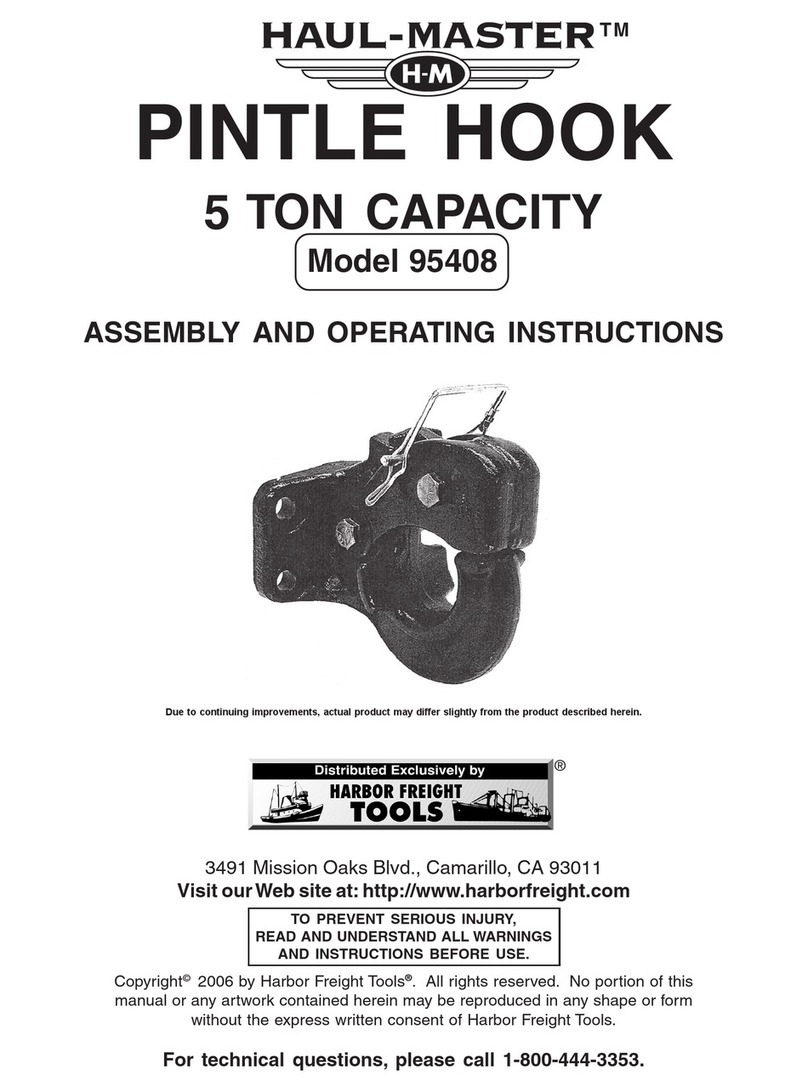
HAUL MASTER
HAUL MASTER 95408 Assembly and operating instructions
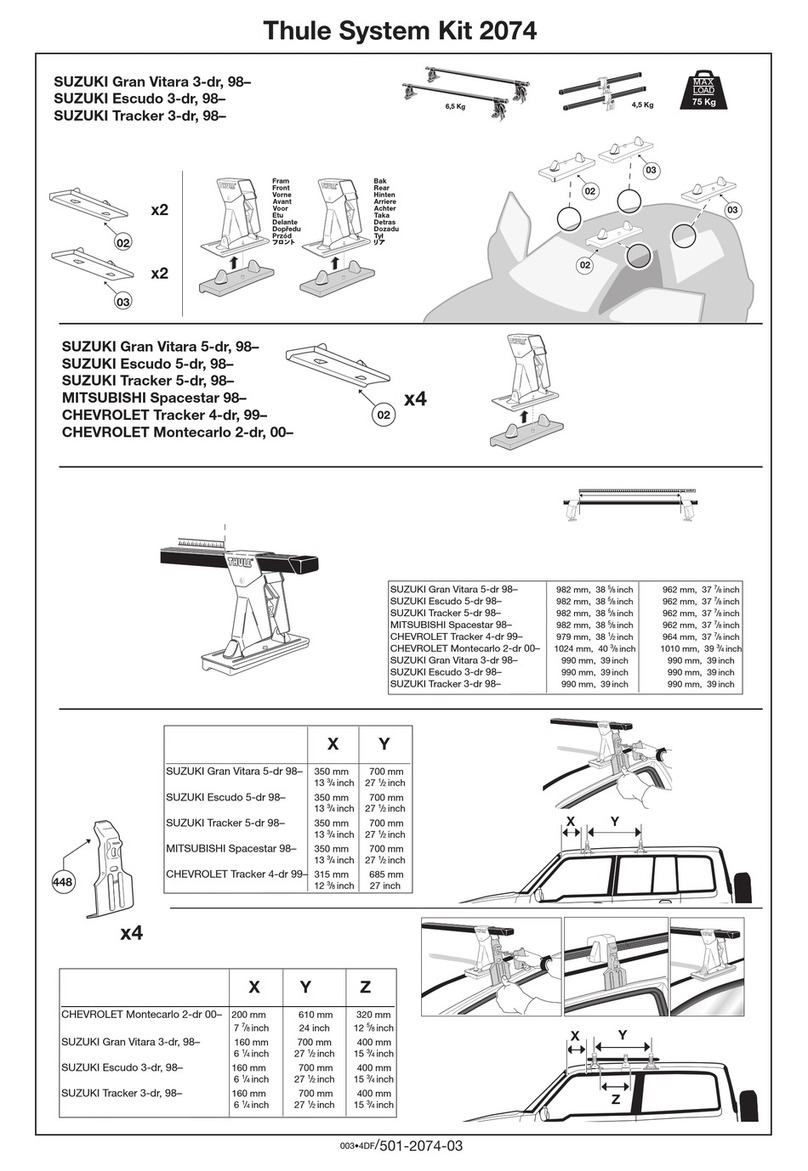
Thule
Thule 2074 parts list
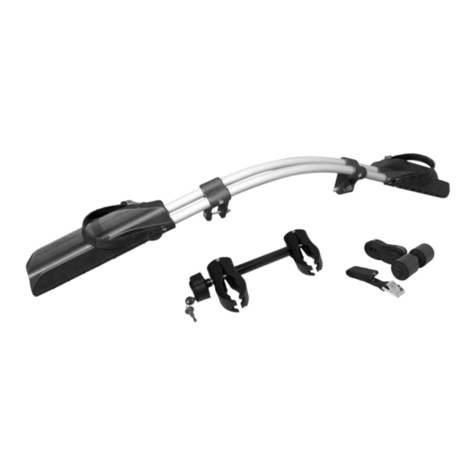
EUFAB
EUFAB 11511 operating instructions
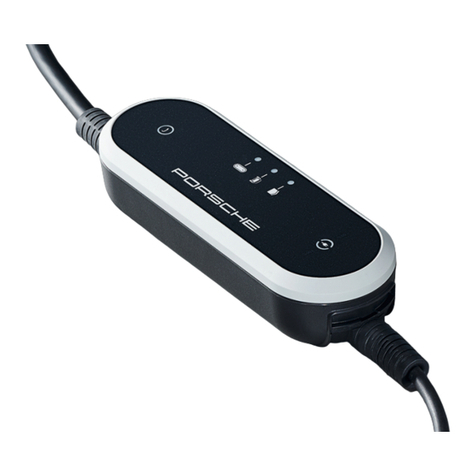
Porsche
Porsche Mobile Charger Plus Driver manual

AMP Research
AMP Research BedStep 75307-01A installation instructions

TAUBENREUTHER
TAUBENREUTHER 2366-00 manual
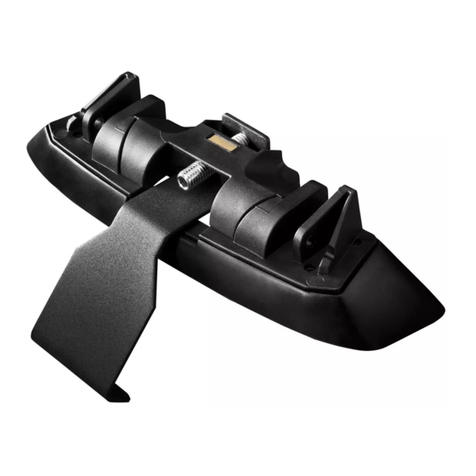
Prorack
Prorack K574 Fitting Instructions for Basic Carrier

Smappee
Smappee EVB-2332-B-E installation manual

